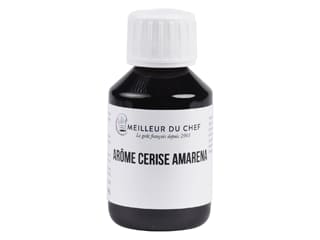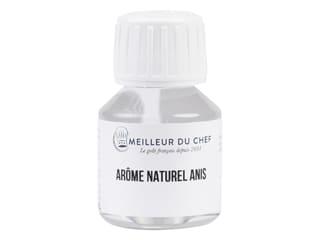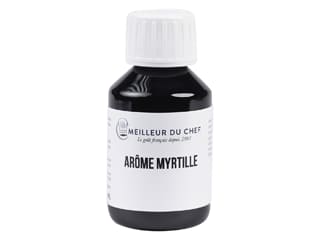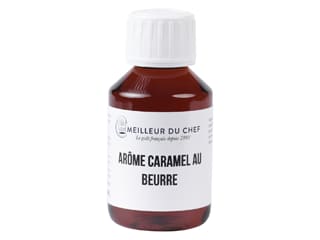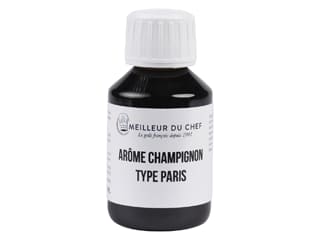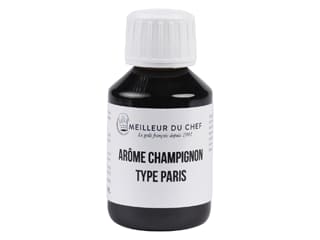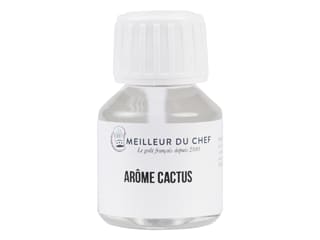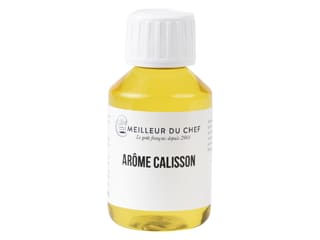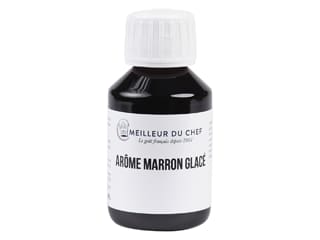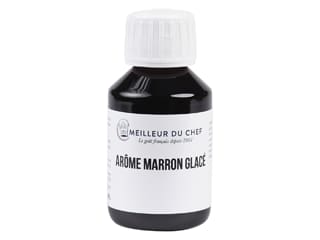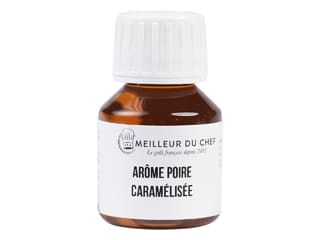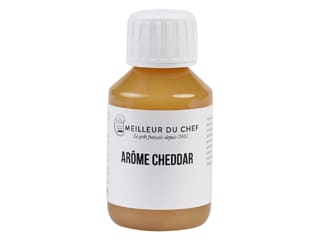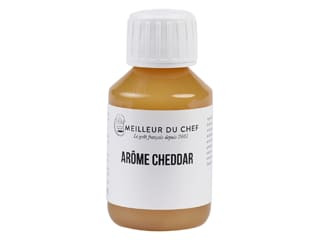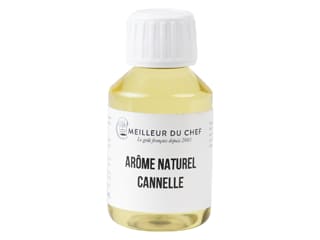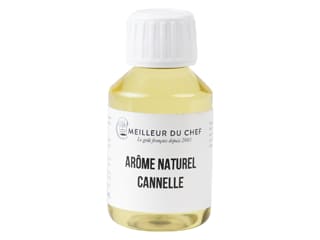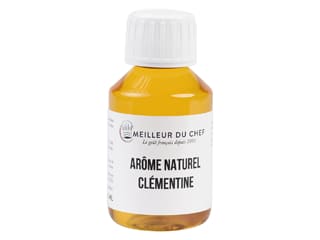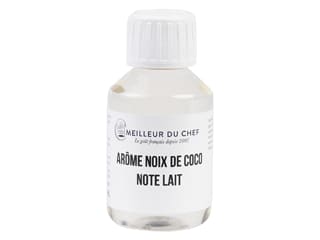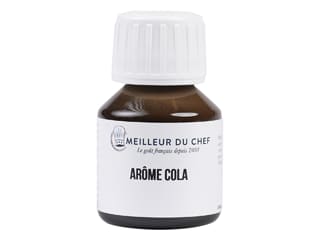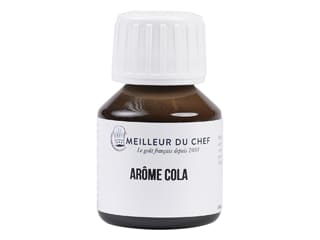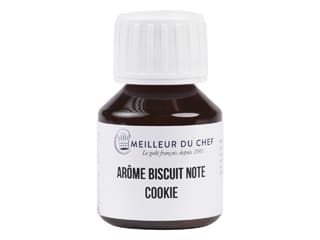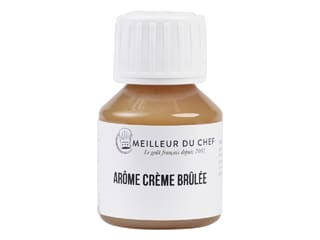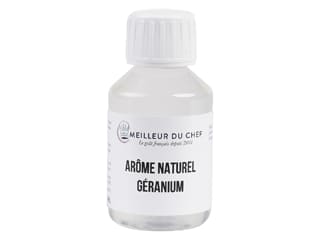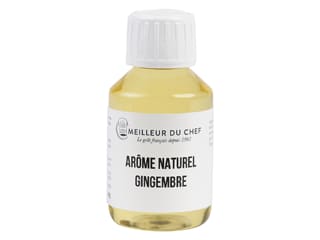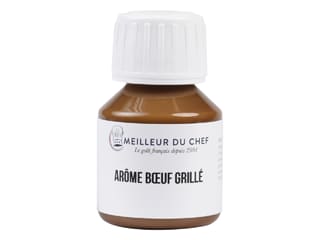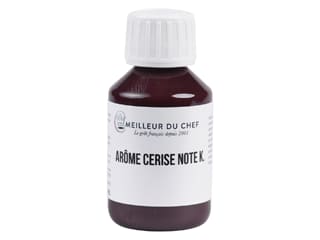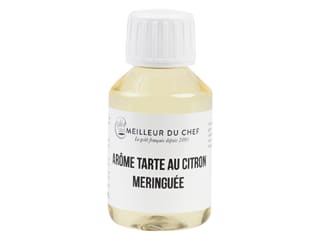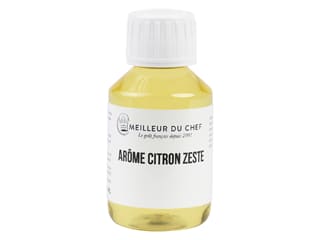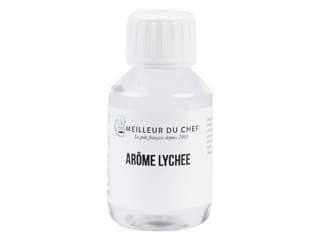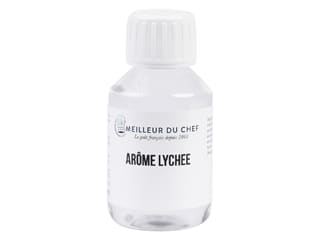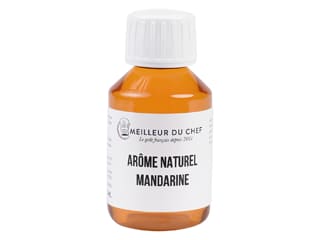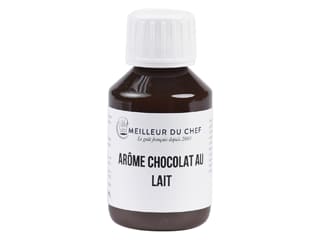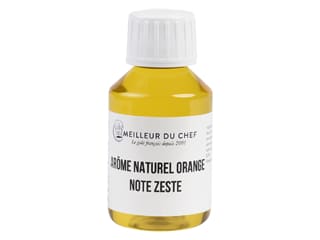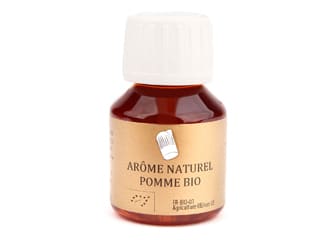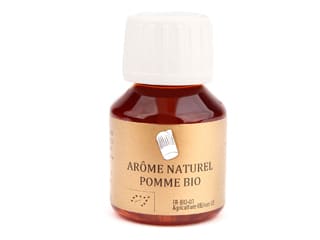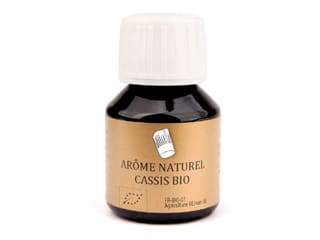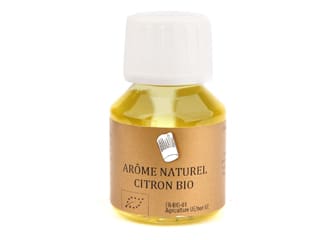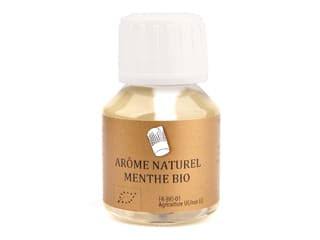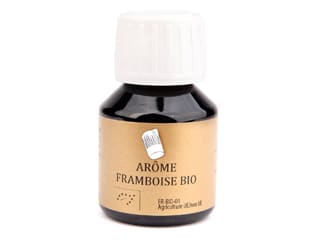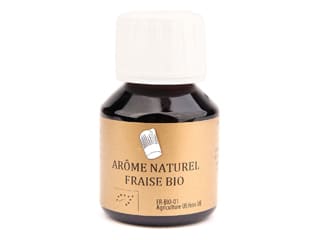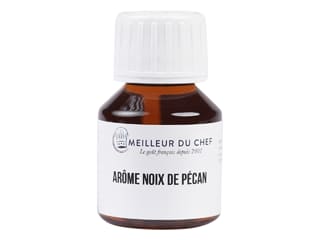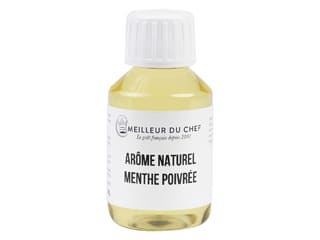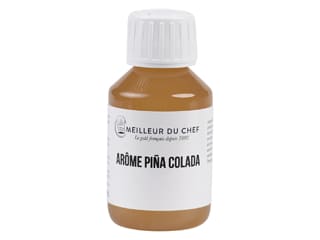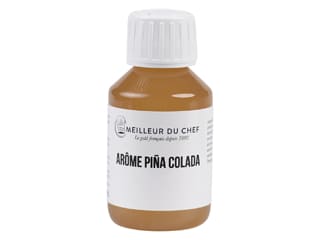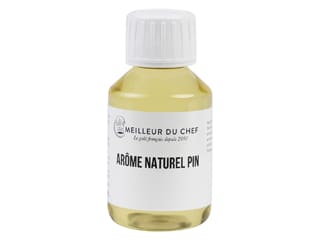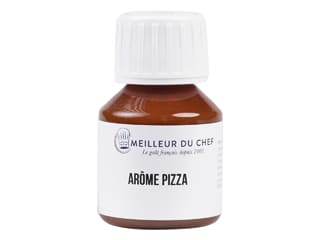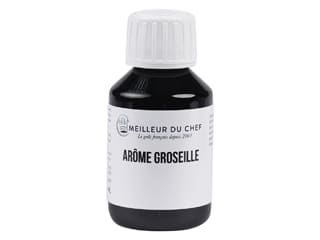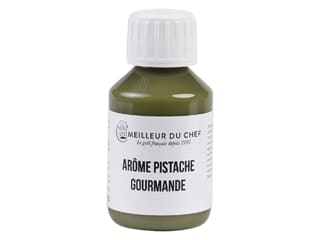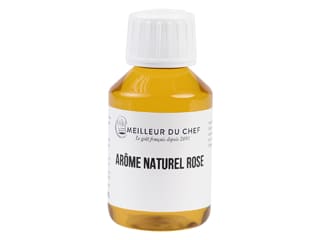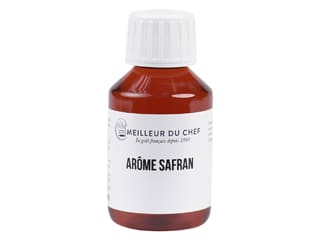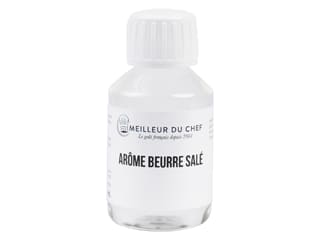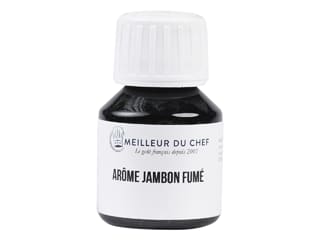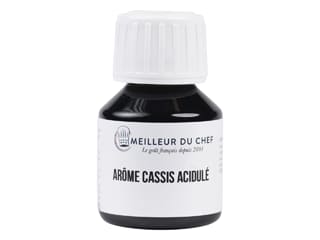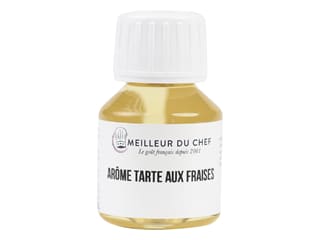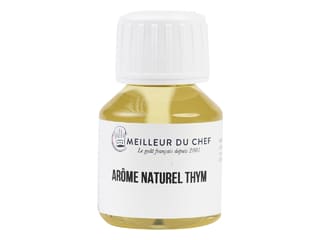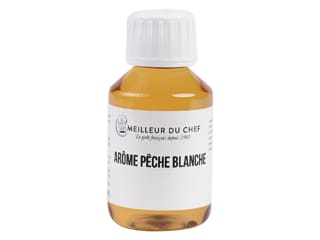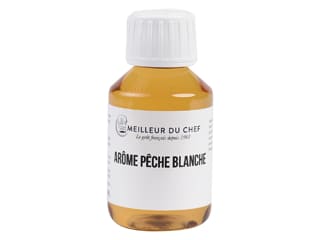Enhance your baking with our premium range of food flavourings at Meilleurduchef.com. From classic cake flavours like vanilla and chocolate to specialty options such as banana food flavoring, our high-quality flavourings are perfect for cakes, pastries, drinks, and more. Create delicious, vibrant recipes with ease!
Elevate your baking and cooking with our premium range of food flavourings at Meilleurduchef.com. Whether you're a professional pastry chef or an enthusiastic home baker, having the right flavours can transform your culinary creations. From classic cake flavours to innovative options, our collection ensures there's something for every recipe and occasion.
A Variety of Cake Flavours for Every Palate
Creating the perfect cake starts with choosing the right cake flavours. At Meilleurduchef.com, we offer a diverse selection of flavourings to suit every taste and style. Whether you're looking to infuse your cakes with rich vanilla, zesty citrus, or decadent chocolate, our range of food flavourings delivers consistent, high-quality results every time. We also stock specialty cake flavors, allowing you to craft unique desserts that stand out.
Versatile Food Flavourings for Creative Recipes
Our food flavouring options are not limited to cakes—they're perfect for enhancing cookies, pastries, puddings, drinks, and even savoury dishes. Meilleurduchef.com supplies a wide variety of liquid, powdered, and paste flavourings that seamlessly integrate into your recipes. These flavourings are designed to retain their vibrant taste even after being exposed to high heat, ensuring exceptional results in baked goods, sauces, and frostings.
Banana Food Flavoring: A Classic Favourite
One of the most beloved flavourings in our collection is banana food flavoring. Its naturally sweet and fruity profile is ideal for banana bread, cupcakes, muffins, and even ice creams. This concentrated flavouring allows you to achieve the rich, authentic taste of ripe bananas without the need for fresh fruit, making it a convenient and reliable choice for professional kitchens and home bakers alike.
Quality You Can Trust
At Meilleurduchef.com, we take pride in offering only the finest-quality food flavourings sourced from trusted manufacturers. Each product in our range is carefully selected to ensure it meets the needs of demanding professionals while being accessible to home bakers. Our flavourings are concentrated, versatile, and easy to use, helping you achieve consistent results in your culinary creations.
Why Choose Our Food Flavourings?
- Wide Selection: From classic cake flavors to exotic options, we have a flavour for every recipe.
- High Concentration: A small amount of our food flavouring goes a long way, ensuring value for money.
- Versatility: Perfect for cakes, pastries, drinks, and even savoury dishes.
- Ease of Use: Our range includes liquid, powdered, and paste options for convenient integration into your recipes.
Whether you're crafting a classic vanilla sponge, a tropical banana tart, or a uniquely flavoured mousse, our range of food flavourings ensures your creations will delight the senses. Explore the endless possibilities of cake flavours and more, and take your baking to the next level. Shop now at Meilleurduchef.com and transform your desserts into masterpieces!
























